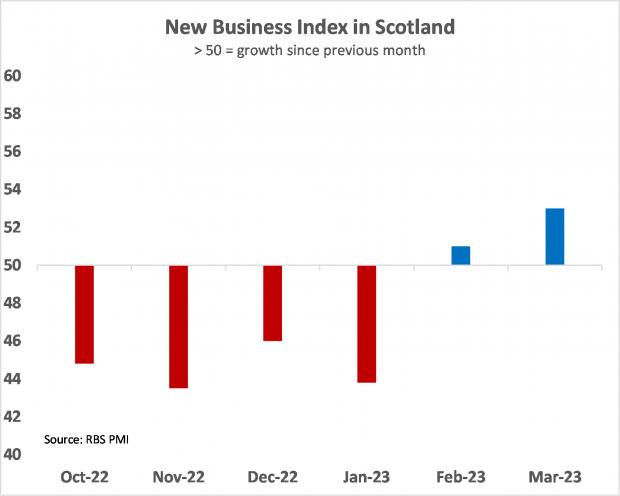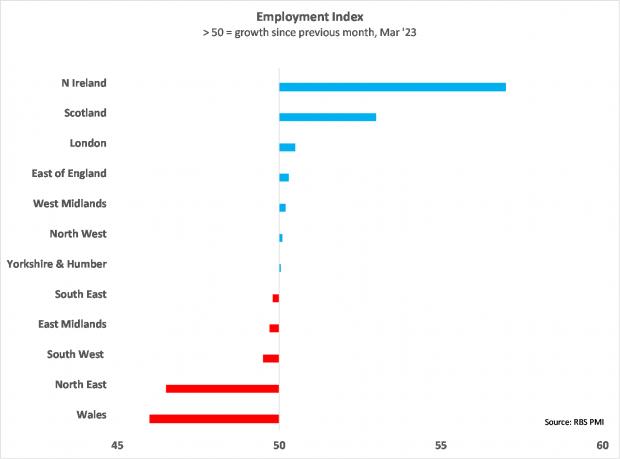
According to Gavin Mochan, Managing Director of s1jobs, speaking in today’s Herald, the latest official statics show that unemployment in Scotland during the three months to the end of February fell to the lowest since records began in 1992, down 0.3 percentage points on the previous quarter at 3 per cent.
At the same time, however, the total number of people in work has also declined. According to the Office for National Statistics (ONS), there were 18,000 fewer people employed than in the previous three months.
These apparently contradictory trends – which have taken hold across both Scotland and the UK more widely – have been driven by the number of people removing themselves from the labour market altogether. Defined by statisticians as “economically inactive”, these are people neither in nor available to work, and are not looking for a job.
Here in Scotland the inactivity rate for people between the ages of 16 and 64 years was 22% in the latest set of statistics.

Long-term sickness is the most common reason for leaving the workforce and is the likely culprit for driving up our inactivity rate.
Increases in economic inactivity in the first year of the Covid pandemic were largely driven by people aged 16 to 24 years. This makes perfect sense as the work of many first-time job-holders is in industries that were disabled by lockdown – retail, hospitality, and so forth.
More recent increases in the numbers of economically inactive have been driven by those between the ages of 50 and 64 years. That said, these latest results no doubt reflect the number of students who took up temporary or part-time jobs in the lead-up to Christmas, and have since returned to concentrate on their studies.

On a positive note, leading indicators such as hiring demand, business activity and confidence seem to signal strong opportunity ahead.
Hiring demand across Scotland in March was at its highest level for six months. Just shy of 50,000 roles were advertised online, an increase of 26% compared to February.
This spike was largely driven by the retail, hospitality and marketing sectors – all of which saw increases in hiring activity of more than 60% month-on-month. Again, this comes as no particular surprise as this is the time of year when these sectors gear up for the peak summer season.

According to the latest PMI data from the Royal Bank of Scotland, the private sector in this country saw a second successive monthly rise in business activity, with underlying data showing quicker growth across both the manufacturing and service sectors.
The rate at which private sector output grew was the strongest in nine months, with the Scotland Business Activity Index rising from February’s reading 51.0 to 52.9 in March. This compared favourably against the UK as a whole (52.2), where the rate of expansion slowed.


